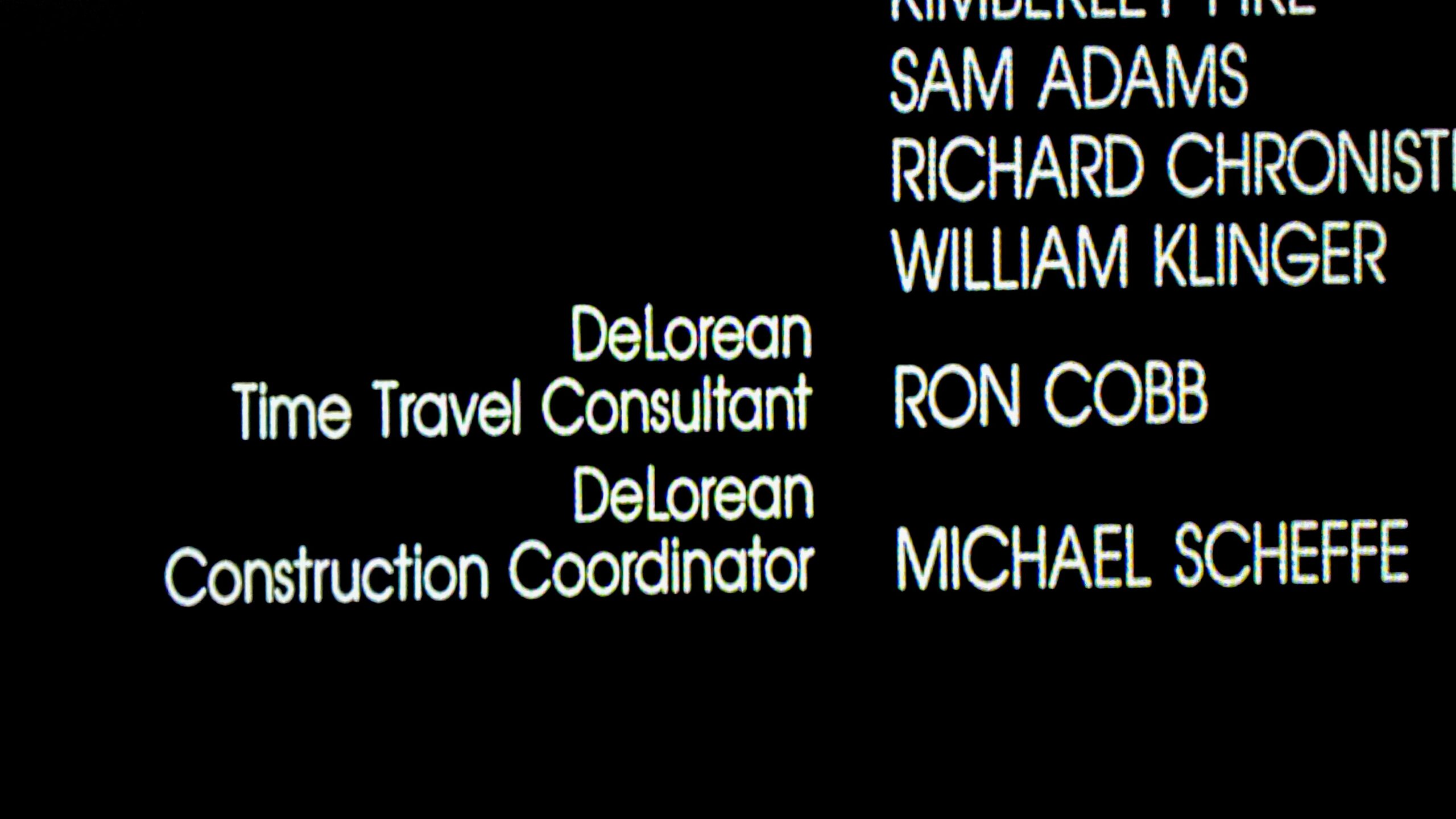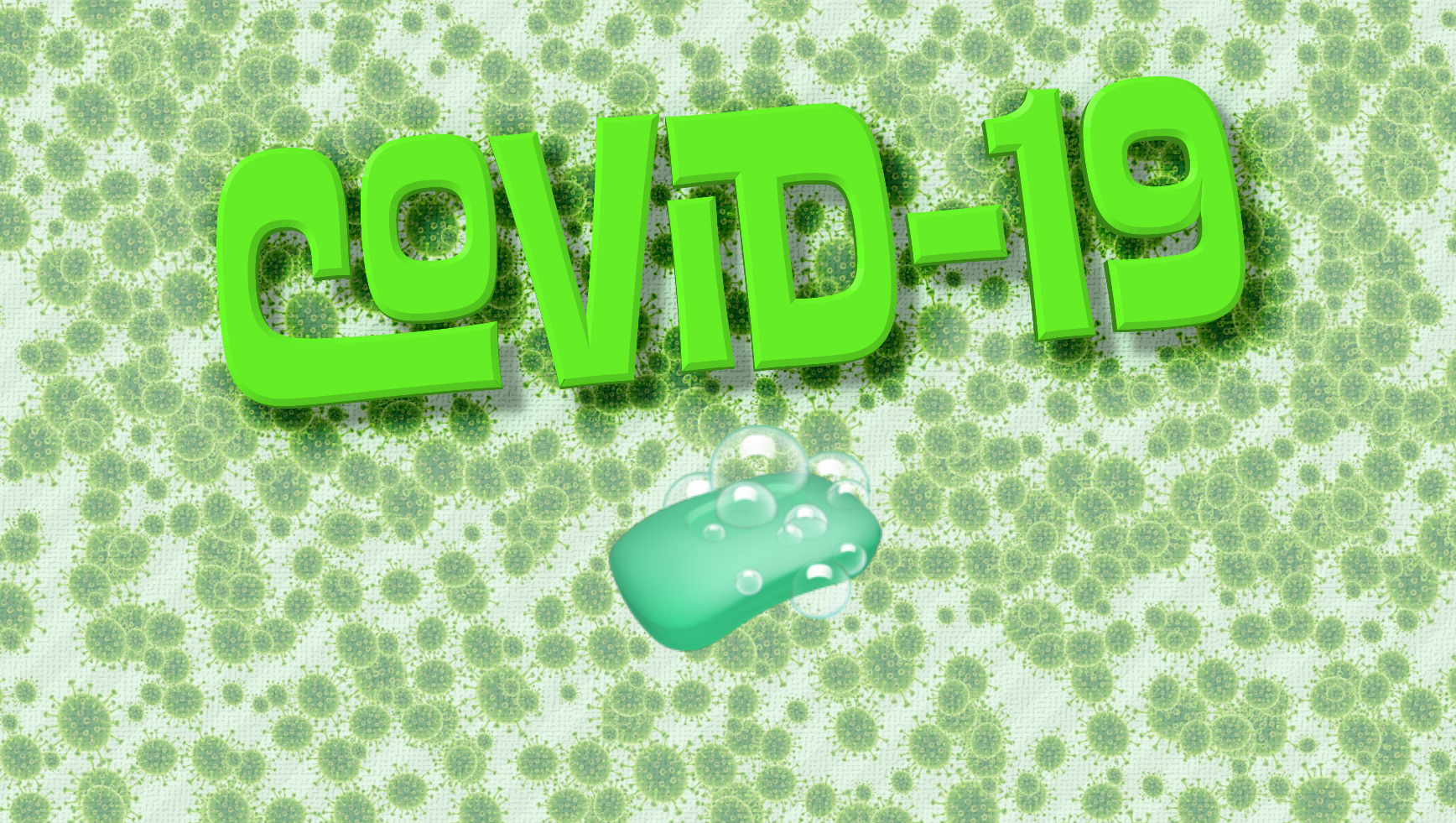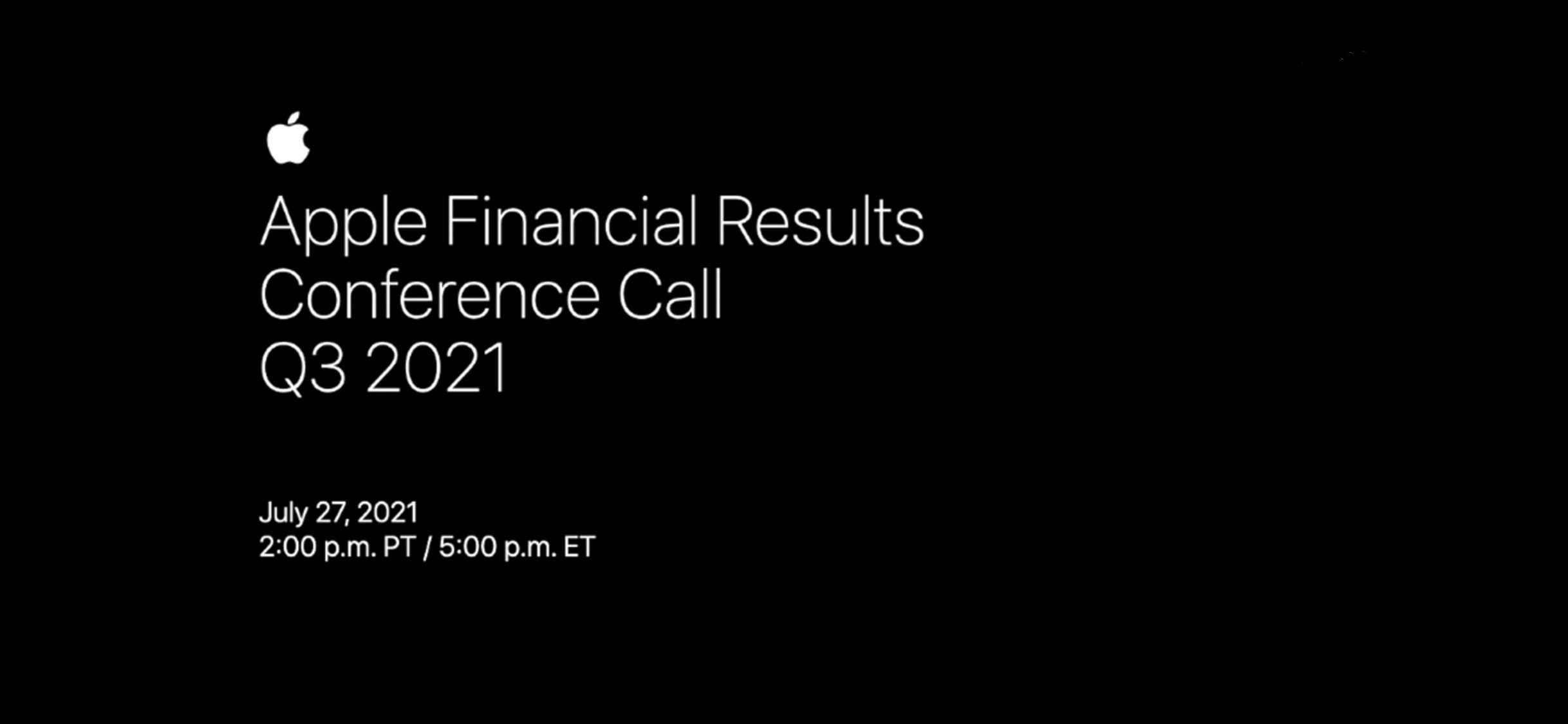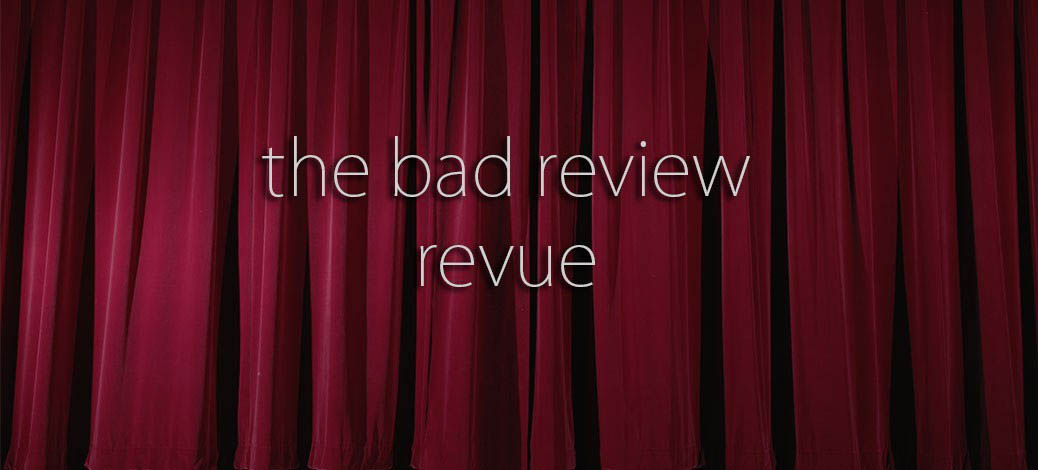Donald McNeil, formerly of The New York Times, has written his opinion on whether vaccinated Americans should receive a third booster shot before many around the world get their first. His acceptance of the idea surprised me.
The Covid-19 Virus Explained
PHDcomics has a great explainer on Covid-19.
Speaking of Covid-19, I just got a third vaccination the other day because I was in the age group of Canadians that had a mixed variety of vaccines and if I want to travel to the USA I need to have two doses of an approved (down there) vaccine. Now I’ve had an AstraZeneca and two Moderna shots. I felt a bit of a headache after the third shot but overall it was less intense than the first two, and also I didn’t preload up on ibuprofen like I did previously.
Remembering September 11, 2001 — 20 Years Later
If you only read one article published for the twentieth anniversary of the September 11th attacks, I recommend Jennifer Senior’s story in The Atlantic, What Bobby Mcilvaine Left Behind.
Heart wrenching.
Foo Fighters Play with 11 year old Nandi Bushell
The Foo Fighters “Everlong” with 11 year old Nandi Bushell:
Last year Dave Grohl saw her videos going viral on Youtube and challenged her to a drumoff.
DeLorean Time Travel Consultant
A couple of weeks ago I watched the movie “Driven” about John DeLorean and his run in with the law. It was an ok movie but not as exciting as I had hoped. I still liked it but I was hoping for something more like Ford vs. Ferrari.
Anyway, last night I happened to watch Back to the Future and felt particular appreciation for the genius idea to use a DeLorean as the time travel vehicle. It was perfect, right down to the fact the DeLoreans were/are notoriously unreliable which added to the suspense as lightning is moments away from striking and Marty can’t get the car started.
Anyway, after the movie was over I was grooving on Huey Lewis’ “Back in Time” and watching the credits roll when I noticed the name Ron Cobb beside the words, “DeLorean Time Travel Consultant”. What does that even mean? I did a quick search and found Ron Cobb’s website and wikipedia entry. It turns out he designed the concept for the DeLorean Time Machine. I also learned that unfortunately, he died just last year on his 83rd birthday, from complications of Lewy body dementia. From Wikipedia:
Ronald Ray Cobb (September 21, 1937 – September 21, 2020) was an American-Australian artist. As well as being an editorial cartoonist he worked on numerous major films including Dark Star (1974), Star Wars (1977), Alien (1979), Raiders of the Lost Ark (1981), Conan the Barbarian (1982), Back to the Future (1985), The Abyss (1989), Total Recall (1990), and Southland Tales (2006). He had one credit as director, for the 1992 film Garbo.
It’s really neat to see the prop schematics for the DeLorean Time Machine. It’s extra fascinating to read all the names of the different time travel components. Be sure to check out the original design of the flux capacitor.
Dying in the Name of Vaccination Freedom
The people in this video confound me. I don’t understand how anyone who is in the ICU and literally dying of Covid can still think the vaccine isn’t necessary for all eligible.
(Via Kottke )
Apple Financial Results Q3 2021
Yesterday Apple announced financial results for its fiscal 2021 third quarter ended June 26, 2021.
Its latest financial results included $81 billion in revenue, the best third quarter in the company’s history. In fact, Apple has reported record revenue for each of the last four quarters.
Here are the Q3 Six Color Charts.
The Bad Review Revue
The Tomorrow War: “But if I had a time machine, I’d punt myself to the past just before The Tomorrow War went into production, and save everyone the trouble.” — Barry Hertz, Globe and Mail
Space Jam: A New Legacy: “Here’s the thing about basketball: It is extremely watchable. Here’s the thing about Space Jam: A New Legacy: It’s not.” — Mary Sollosi, Entertainment Weekly
Escape Room: Tournament of Champions: “The best thing about the ‘Escape Room’ film series is that it gives audience members clear directions in the title about what they should immediately do: Escape. Room.” —Johnny Oleksinski, New York Post
Great White: “You want the sharks to win.” — Emily Breen, HeyUGuys
Die in a Gunfight: “Mostly an uninspired drag, and perhaps the first ‘Romeo and Juliet’ adaptation where viewers will side with the exasperated parental characters.” — Brian Orndorf, Blu-ray.com
The Hitman’s Wife’s Bodyguard: “It saps your will to live.” — Stephanie Zacharek, TIME Magazine
Casanova, Last Love: “I spent most of Casanova, Last Love not hoping the guy gets the girl but hoping the girl gets away safely.” — David Bax, Battleship Pretension
Benjamin Franklin Milner
My great grandfather, Benjamin Franklin “Frank” Milner is buried beside his wife Ella in the Temple Hill Cemetery1 near Raymond, Ab. I remember we’d always take the time to check out his gravestone whenever we visited there but even my dad is too young to have known Frank, since my dad was born 18 years after he died. It’s not surprising though because my Great Grandpa Milner was really old. For some perspective, he was born seven years before the start of the American Civil War and another full 40 years before Utah achieved statehood.
I don’t know too much about Frank except what I’ve read in the excerpt below from p.196-198 of Valiant in the Faith, with spelling corrections, notes, and links added by me.
Continue reading “Benjamin Franklin Milner”
- My grandpa Marshall used to jokingly call it Boot Hill. Boot Hill is the name or nickname of many cemeteries in the old west with reputations for the number of men that died with their boots on (presumably involving gun play or hangings). The Raymond cemetary was called Temple Hill because of the hope and plans by the folks in Raymond to have the first latter-day saint temple built there—ultimately the Alberta Temple got built in Cardston much to the multigenerational disappointment of the locals in Raymond. I guess a cemetery is the next best thing?[↩]
Going Out Again
It’s been two weeks since my second shot and the other night a few friends and I went out for a drink together. We went INSIDE the establishment! It actually felt a little bit awkward wearing our masks in around all the mostly full tables as the patrons imbibed but it felt natural to drop the mask and for that night anyway, as far as we were concerned the pandemic is over.
Of course it’s not over, but that first taste of normalcy felt great.





